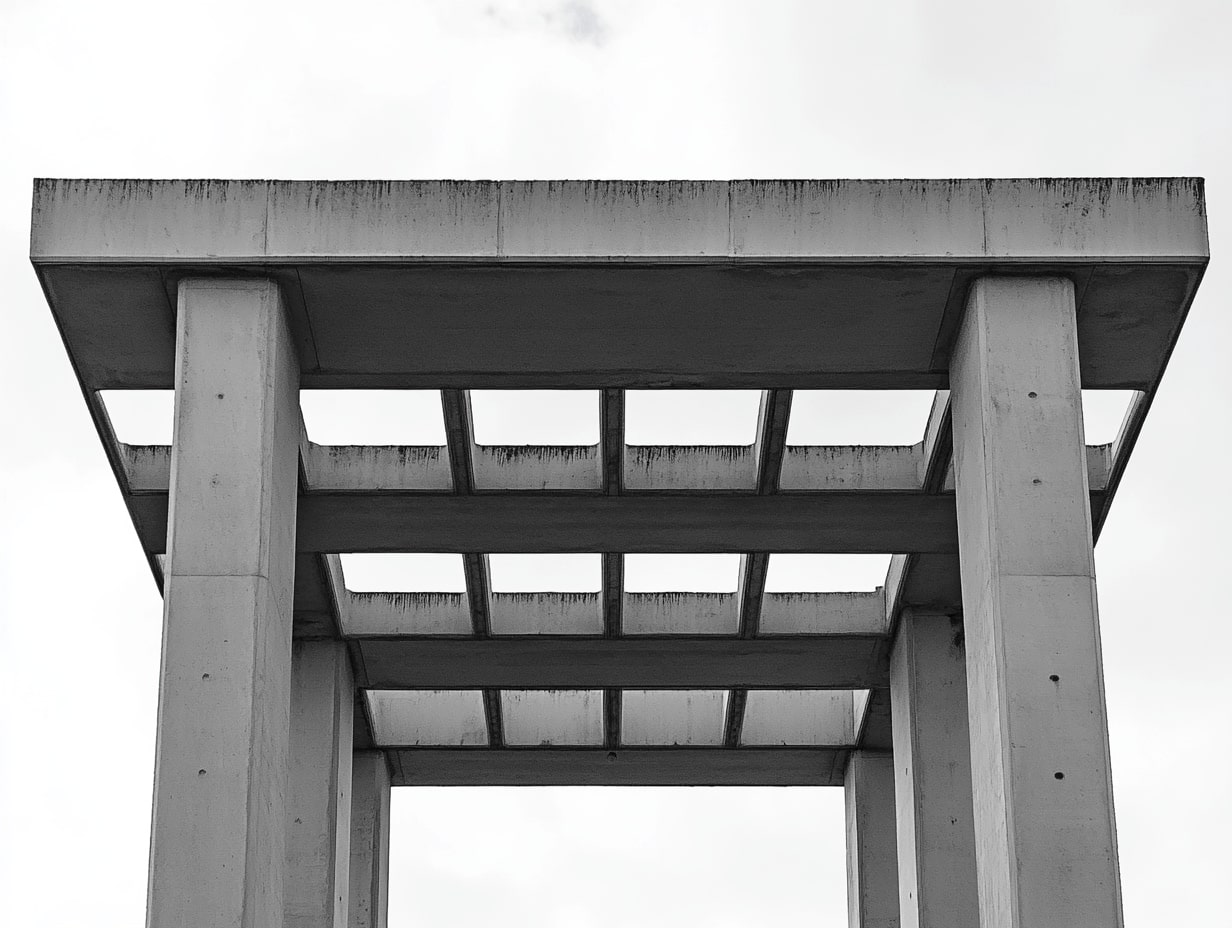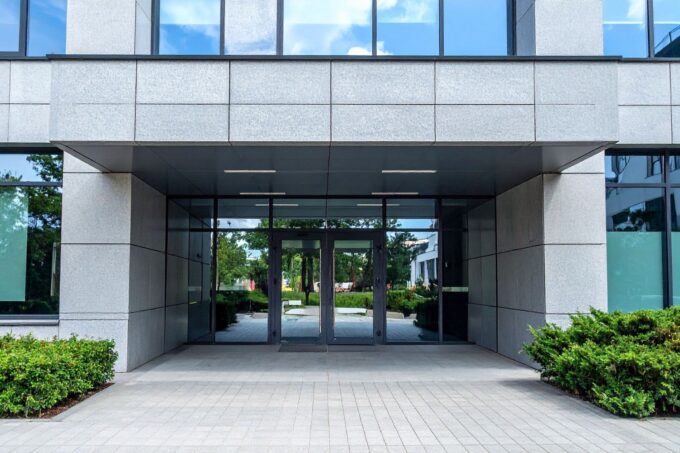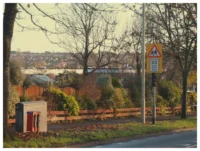- Home
- Articles
- Architectural Portfolio
- Architectral Presentation
- Inspirational Stories
- Architecture News
- Visualization
- BIM Industry
- Facade Design
- Parametric Design
- Career
- Landscape Architecture
- Construction
- Artificial Intelligence
- Sketching
- Design Softwares
- Diagrams
- Writing
- Architectural Tips
- Sustainability
- Courses
- Concept
- Technology
- History & Heritage
- Future of Architecture
- Guides & How-To
- Art & Culture
- Projects
- Interior Design
- Competitions
- Jobs
- Store
- Tools
- More
- Home
- Articles
- Architectural Portfolio
- Architectral Presentation
- Inspirational Stories
- Architecture News
- Visualization
- BIM Industry
- Facade Design
- Parametric Design
- Career
- Landscape Architecture
- Construction
- Artificial Intelligence
- Sketching
- Design Softwares
- Diagrams
- Writing
- Architectural Tips
- Sustainability
- Courses
- Concept
- Technology
- History & Heritage
- Future of Architecture
- Guides & How-To
- Art & Culture
- Projects
- Interior Design
- Competitions
- Jobs
- Store
- Tools
- More
10 Inspiring Examples of Architectural Photography That Showcase Stunning Designs
Explore the mesmerizing world of architectural photography, where light, shadow, and structure meet to tell powerful stories. Discover inspiring examples, creative techniques, and practical tips that transform buildings into visual art, celebrating historical landmarks, modern designs, and harmonious blends with nature. Unleash the magic of architecture through the lens!

Architecture has a way of telling stories, and through photography, we get to see those stories come alive. The interplay of light, shadow, and structure creates visual narratives that captivate our imagination and showcase the artistry behind every design. Whether it’s a towering skyscraper or a quaint historic building, architectural photography transforms spaces into breathtaking works of art.
We’re constantly inspired by how photographers capture the essence of a building—its personality, purpose, and place in the world. From bold angles to intricate details, these images reveal perspectives we might otherwise overlook. Let’s explore some awe-inspiring examples that remind us how architecture and photography together can create magic.

Table of Contents
ToggleWhat Makes Architectural Photography Inspiring?
Architectural photography captures more than just structures; it encapsulates emotion, purpose, and design. By highlighting fine details like texture, symmetry, and scale, it creates a dialogue between the viewer and the architecture.
- Showcasing Light and Shadow: Light transforms spaces, giving buildings depth and character. For instance, the golden hues of morning light can enhance intricate façade patterns.
- Revealing Unique Perspectives: Angles not visible to casual observers bring new appreciation. Ground-level shots of skyscrapers emphasize their grandeur, while aerial views redefine spatial relationships.
- Celebrating Design Elements: Every element, from arches to modern glass exteriors, tells a story. The reflection of a cityscape on a glass tower links the design to its environment.
- Preserving Architectural Heritage: Photography immortalizes historic structures and urban transformation. A decaying cathedral ceiling or a renovated industrial building symbolizes time’s impact.
- Triggering Emotional Responses: Great compositions influence mood. The minimalist serenity of a Zen garden or the chaotic complexity of an urban hub evokes different emotions.
Architectural photography inspires by transforming architecture into visual art that resonates with people worldwide.

Iconic Historical Architecture Captured Through the Lens
Architectural photography immortalizes historical landmarks, blending artistic perspective with cultural significance. Through the lens, photographers reveal a timeless connection between design and human achievement.
Timeless Landmarks and Perspectives
Photographers have showcased global architectural icons, such as the Eiffel Tower in Paris or the Colosseum in Rome, through innovative angles. Capturing the scale and intricate details of these structures reveals their historical grandeur and their connection to the eras they represent. For example, wide-angle shots of India’s Taj Mahal emphasize symmetry, while close-ups highlight the craftsmanship of its marble inlays. Such perspectives bring fresh appreciation to well-known landmarks, emphasizing their place in a historical narrative.
The Role of Lighting in Highlighting Details
Lighting underscores the form and texture of structures, often transforming the mood of historical buildings. In Golden Hour photography, soft sunlight accentuates details like the ornate sculptures of Florence’s Duomo. On the other hand, nighttime photography, using artificial lighting, reveals patterns and contours, such as the illuminated arches of London’s Tower Bridge. Photographers skillfully use lighting to evoke the essence and era of these iconic structures, enhancing their visual impact.

Creative Techniques in Modern Architectural Photography
Modern architectural photography combines artistic creativity with technical precision to emphasize the elegance and personality of structures. Photographers employ unique techniques that transform simple buildings into dynamic visual narratives.
Use of Angles and Symmetry
Angles and symmetry enhance a building’s visual appeal by drawing attention to its design. By using low-angle shots, we highlight towering structures, accentuating their scale and grandeur. High-angle perspectives reveal geometric patterns or layouts, providing a unique vantage point. Symmetry, achieved through balanced compositions, communicates harmony and offers viewers a sense of order, as seen in symmetrical facades or intricate staircases.
Playing with Reflections and Shadows
Reflections and shadows introduce depth and drama that amplify architectural stories. By incorporating reflective surfaces like glass, water, or polished materials, we can double visual elements, creating mesmerizing compositions. Shadows, either cast by the building or surrounding objects, add texture and contrast. For example, capturing a glass skyscraper’s mirror-like surface filled with sky reflections or framing harsh shadows falling across textured walls creates striking imagery.
Inspiring Examples of Architectural Photography Around the World
Architectural photography captures the cultural, historical, and aesthetic essence of structures globally. These examples highlight how different approaches create visually compelling narratives.
Urban Skylines That Tell Stories
Photographers use urban skylines to showcase the progress and character of cities. Panoramic shots emphasize the grandeur of iconic skylines like New York City’s, with its densely packed skyscrapers symbolizing ambition and innovation. In contrast, close-up compositions of Shanghai’s skyline highlight the intricate designs of buildings like the Shanghai Tower and the Pearl TV Tower. By capturing the interplay of light during dawn and dusk, photographers breathe life into urban silhouettes, adding depth and vibrancy to these bustling metropolises.
Minimalist Architecture in Stunning Frames
Minimalist structures gain prominence through photography that highlights clean lines, open spaces, and balanced compositions. Examples include the Farnsworth House in Illinois, where simplicity and geometry merge seamlessly. Black-and-white imagery enhances the sharpness and precision of structures like Barcelona’s Pavilion by Mies van der Rohe. By isolating elements, photographers create images that focus on intentionality, allowing us to appreciate the power of simplicity in design.
Nature and Architecture in Harmony
Photographers reveal how architecture integrates with its environment by capturing visual connections between nature and structure. The Casa Batlló in Barcelona reflects this harmony, with its organic forms inspired by nature. Similarly, Frank Lloyd Wright’s Fallingwater showcases how architecture adapts to and complements natural surroundings. Wide-angle shots that include landscapes accentuate how these designs respect and enhance their settings. By using soft daylight or capturing reflections in nearby water, photographers underscore the blending of the man-made with the natural.

Tips For Capturing Your Own Inspiring Architectural Photos
Capturing architectural photos that inspire requires creativity and precision. Mastering the right tools and techniques enhances the visual storytelling of architectural elements.
Essential Equipment and Gear
Using reliable equipment ensures better quality and flexibility when photographing architecture.
- Camera: A DSLR or mirrorless camera, such as the Nikon Z7 or Canon EOS R5, provides high resolution and dynamic range.
- Lenses: Wide-angle lenses, like the Canon RF 15-35mm f/2.8, capture the scale of buildings, while tilt-shift lenses correct perspective distortions.
- Tripod: A sturdy tripod, such as the Manfrotto MT055XPRO3, aids in long exposure shots and sharp imagery, especially in low-light conditions.
- Filters: Neutral density (ND) filters allow balanced exposures in bright settings, and polarizers reduce glare on glass or reflective surfaces.
- Drone: A drone, like the DJI Air 2S, offers unique aerial perspectives for expansive skylines or intricate roof details.
Composition and Post-Processing Techniques
Strong compositions and refined edits elevate architectural photos by emphasizing structure, light, and form.
- Visual Balance: Use the rule of thirds to frame buildings, or center symmetry for striking compositions, similar to the patterns found in Gothic cathedrals.
- Angles: Experiment with perspectives, such as low angles to highlight height or diagonal angles to emphasize geometry, as seen in modern skyscrapers.
- Lines and Patterns: Use leading lines, like staircases or support beams, to draw attention to key architectural features or create dynamic flow.
- Lighting Control: Utilize Golden Hour light for warm tones or dramatic shadows. Capture nighttime images with artificial lighting to amplify mood.
- Post-Processing: Enhance details and correct distortion using software like Adobe Lightroom or Capture One. Adjust highlights, contrast, and sharpness to refine features.
- Color Grading: Maintain natural hues or apply subtle tones to reflect the character of the setting, as in minimalist architecture.
Carefully selected gear and thoughtful techniques transform structural designs into inspiring visual art.
Conclusion
Architectural photography merges technical expertise with artistic vision to create powerful visual narratives. By capturing lighting, texture, symmetry, and unique perspectives, we see structures transformed into compelling works of art. It preserves intricate details of historical landmarks, highlights modern design innovation, and reveals the relationship between architecture and its surroundings. Through careful composition and creativity, architectural photography inspires and connects us to the built environment in profound ways.
- architectural photo gallery
- Architectural Photography
- architecture photo tours
- architecture photography inspiration
- architecture photography portfolio
- architecture photography techniques
- best architecture photography
- building photography examples
- capturing architectural design
- design legacy photography
- famous architectural photographers
- global architecture photography
- historical architecture photos
- inspiring architecture photos
- international architecture photography
- legacy architecture photography
- modern architecture photography
- urban architecture photography
- world architecture photos
Submit your architectural projects
Follow these steps for submission your project. Submission FormLatest Posts
How to Restore Old Photos of Historical Buildings with AI Tools
Introduction To restore old photos is essential since these contain invaluable memories,...
From Las Vegas to Rome: A Visual Journey by Iwan Baan at Princeton University
The Princeton University School of Architecture presents “From Las Vegas to Rome”...
Unlocking the Art of Architectural Photography: Techniques, Tips, and Equipment Guide
Explore the captivating world of architectural photography in our latest article. Discover...
Essential Tips and Techniques for Stunning Architectural Model Photography
Discover the art of architectural model photography, where precision meets creativity. Learn...












Leave a comment